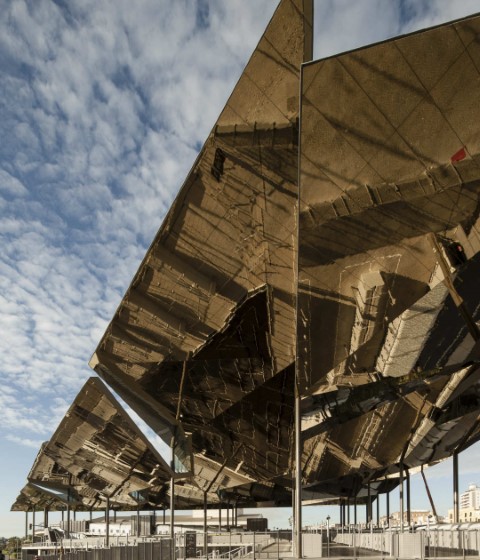“The train was the means of transportation that transformed the world in the nineteenth century and will again be the one to effect change in the twenty-first. Now, our responsibility as architects and urban planners is to turn these infrastructures, which have traditionally created major barriers and wounds in the urban fabric, into examples of integration within cities that are cleaner, more walkable, and better connected than ever.”
The station is located on the main north-south train route in Europe as part of the advanced Spanish high-speed network. It will allow for a twofold transformation in Barcelona, endowing it with a central role both within the city itself and in European regional communications for the Mediterranean.
The project is part of an overarching quest to overcome the traditional barrier effect of train structures in cities, preserving the permeability and continuity of public spaces. The enormous new station appears in the urban fabric as a park and a huge canopy. The intention is for it to adapt to its surroundings and become a positive contribution to the local community both in formal and in functional terms. New spaces are created for the city dwellers to enjoy.
The canopy signaling one of the entrances to the station, set at a height of 15 meters, folds to generate a direct relationship with the park, enhancing its activity and allowing for outdoor events to be held in a new green space within the neighborhood. The relationship between the canopy and the public space creates a unique setting that marks the presence of the station while maintaining the continuity of the park.
The edges of the canopy are raised to mark the access points to the station. Even though it is easily identifiable due to its scale as an infrastructure, its height ties it into the scale of the urban environment. The canopy highlights the identity of the city’s new infrastructure, endowing it with a high profile while preserving the scale of the neighborhood.
The structure, made of laminated wood—a renewable material—conveys a profound commitment to the objectives of reducing the city’s carbon footprint. A system has been designed to harness solar energy using PVT collectors.

























